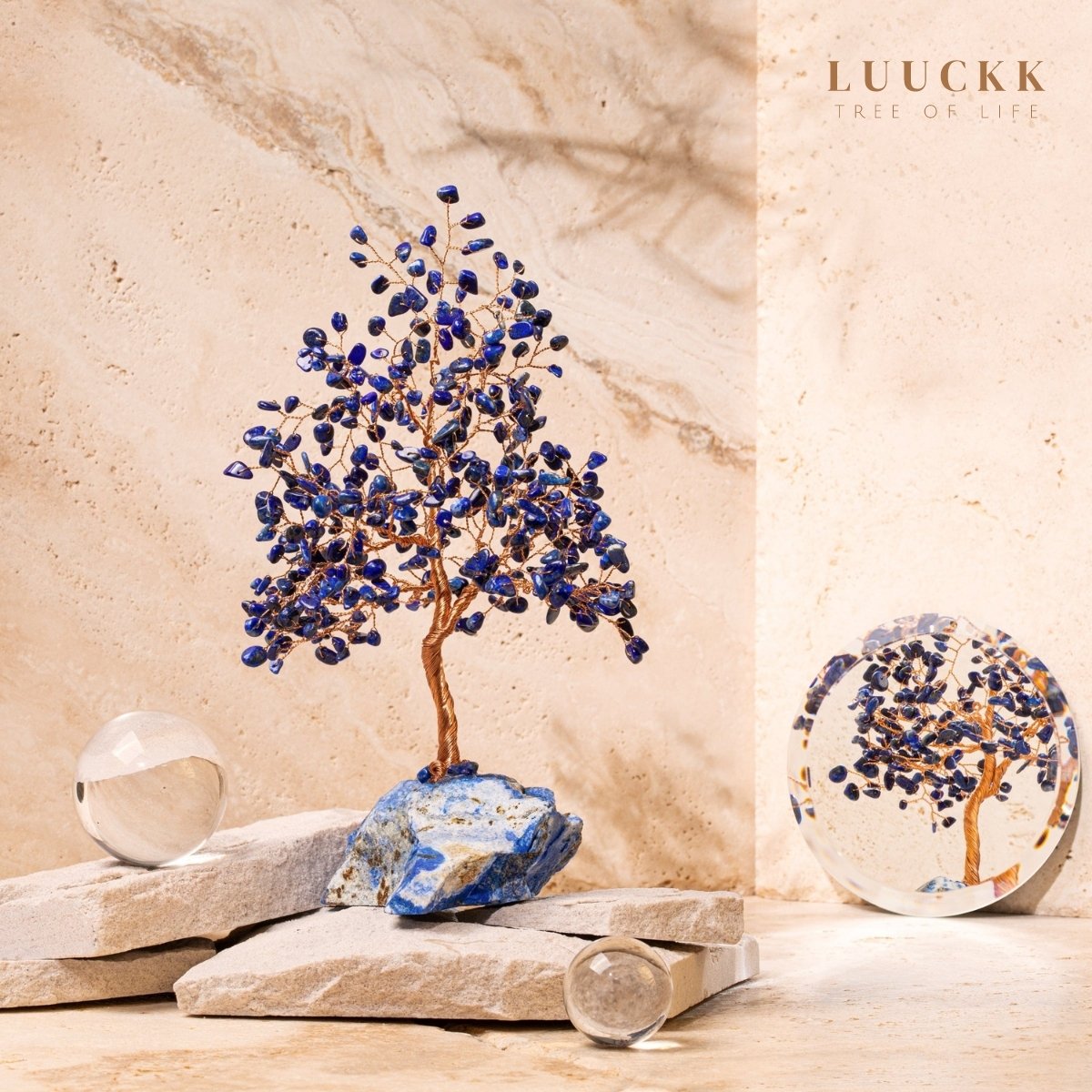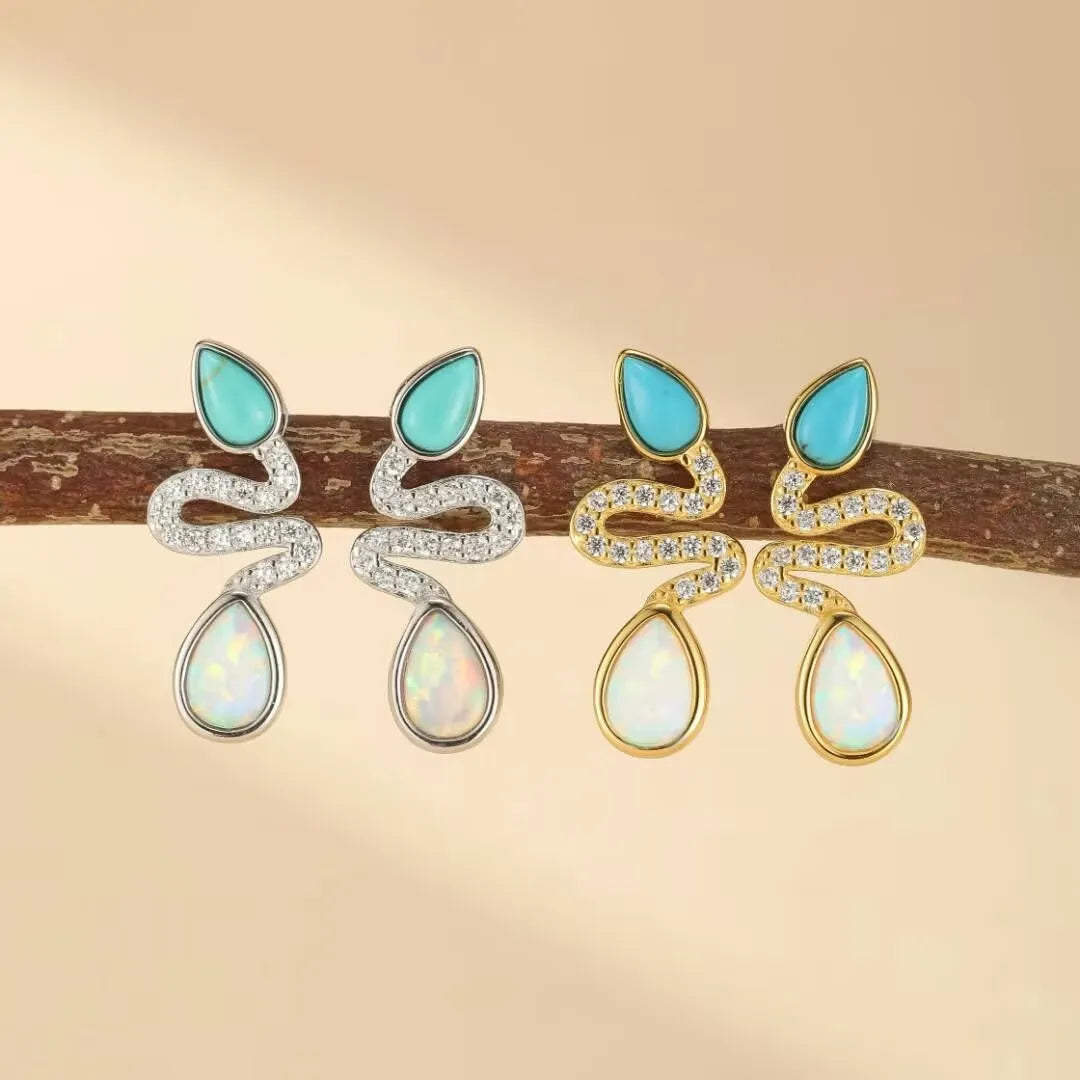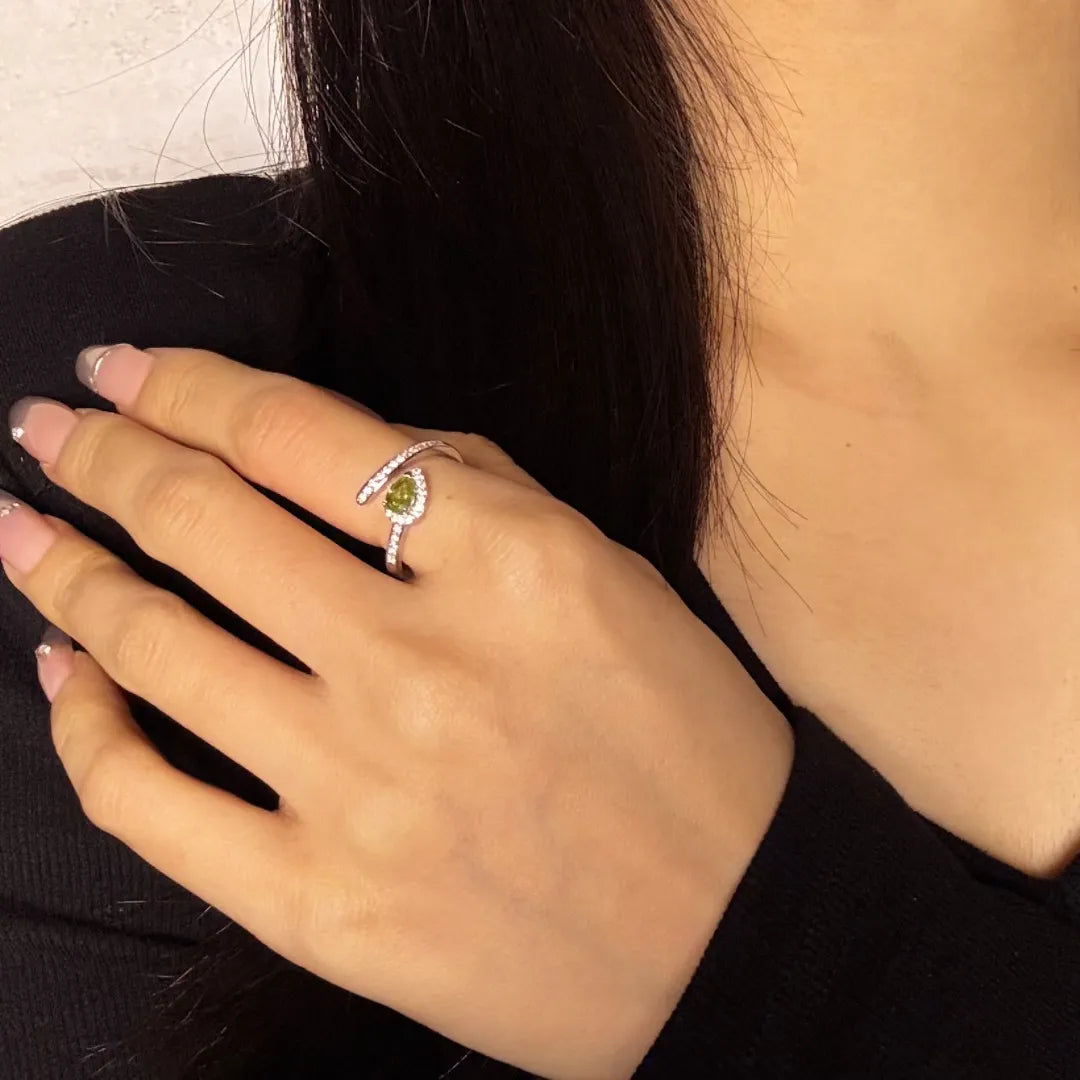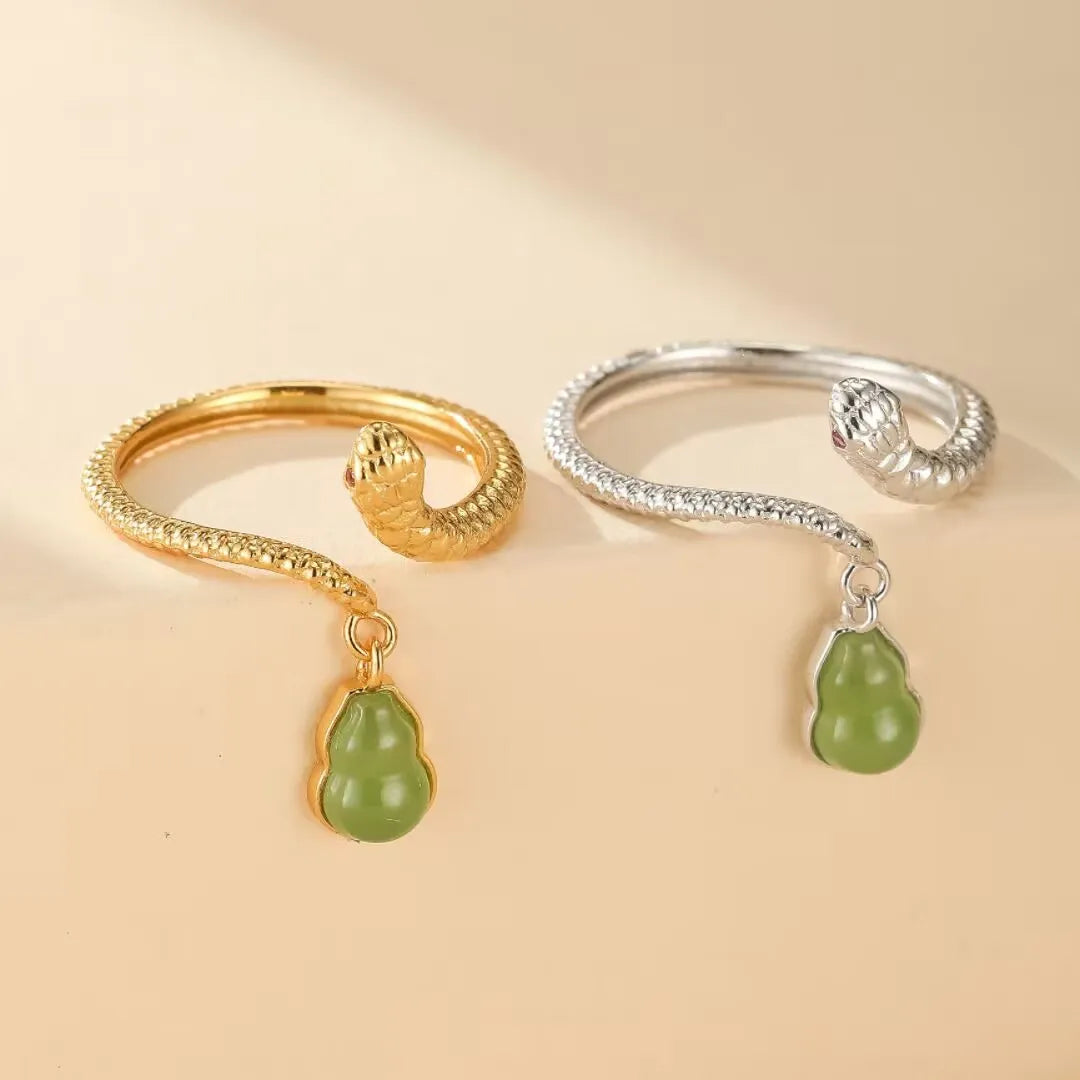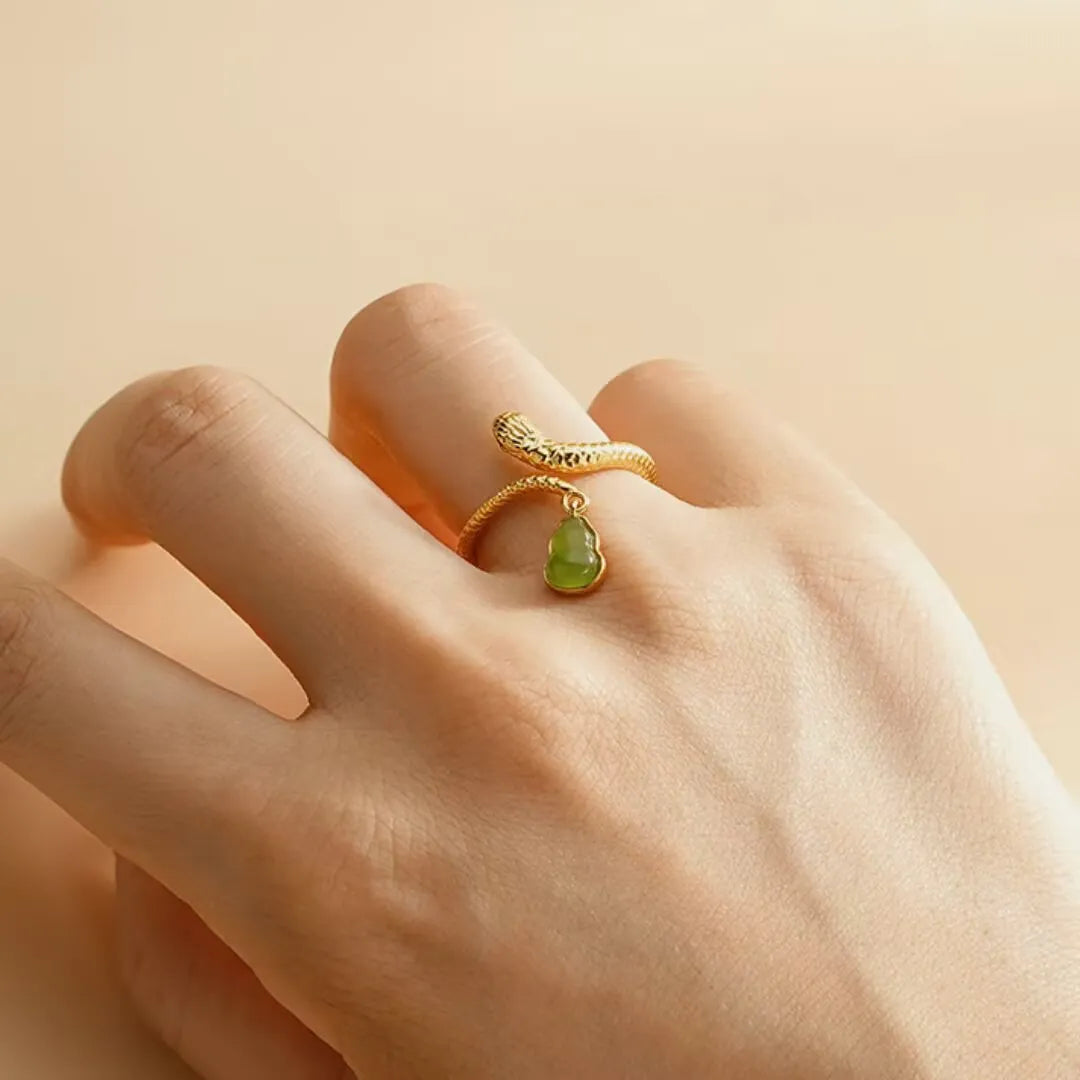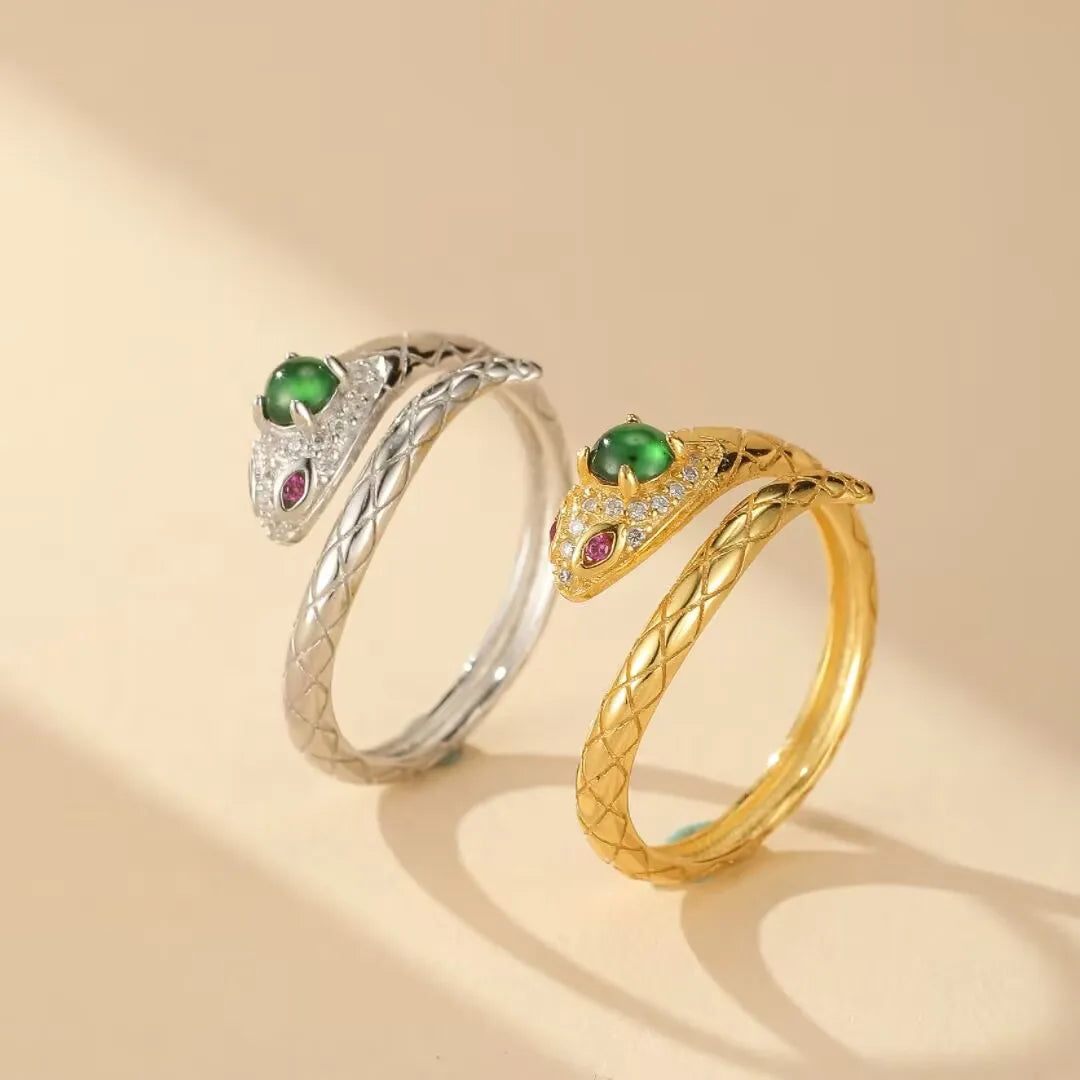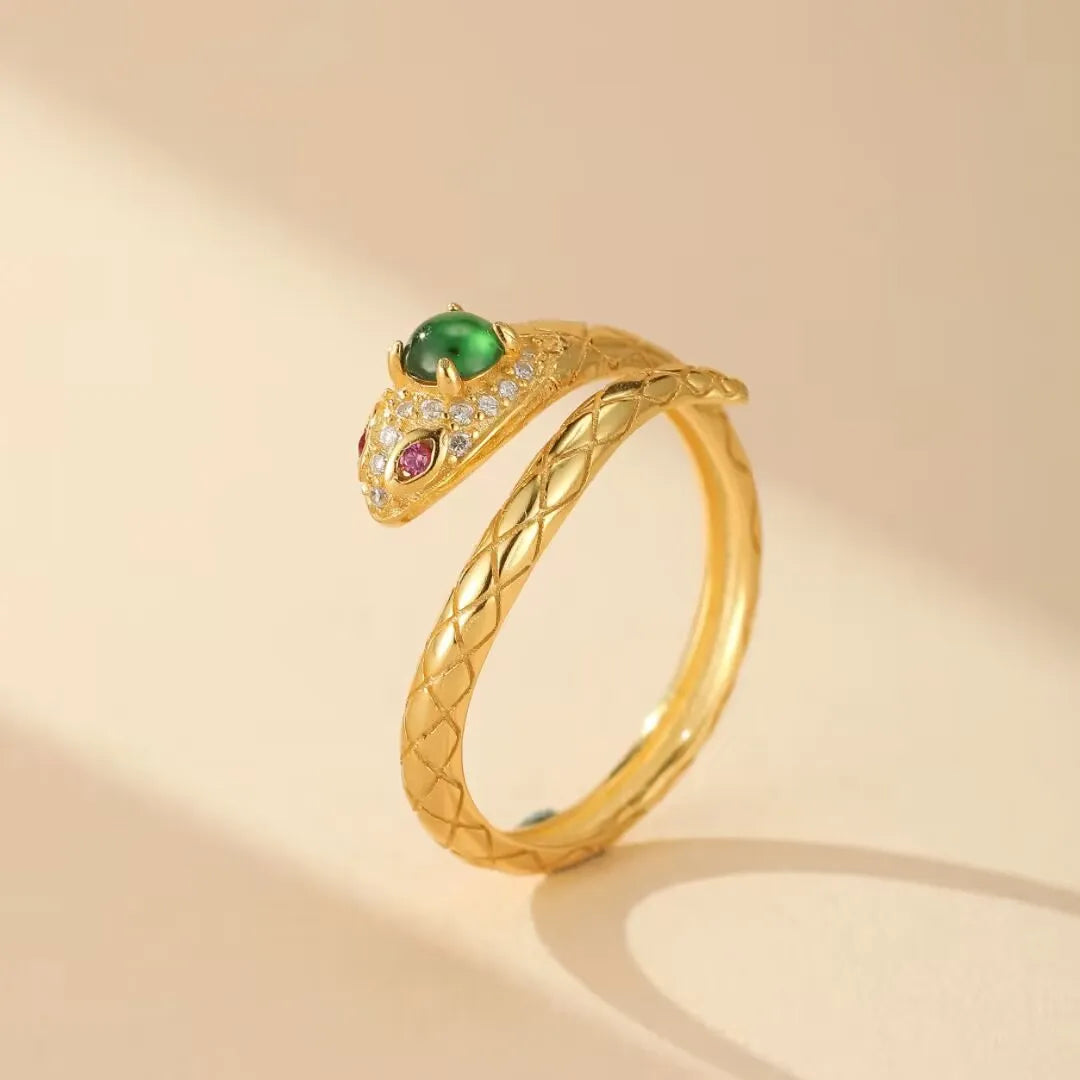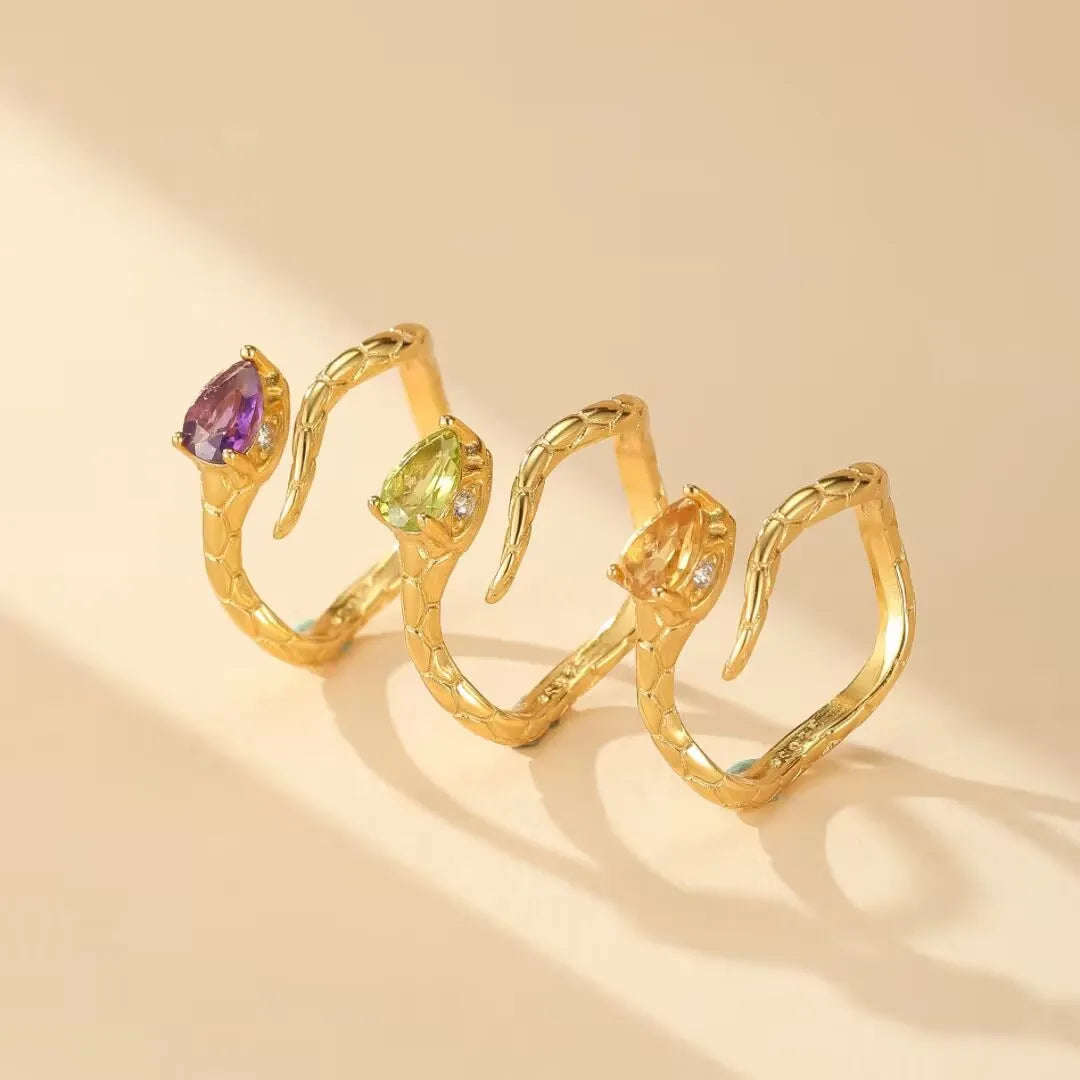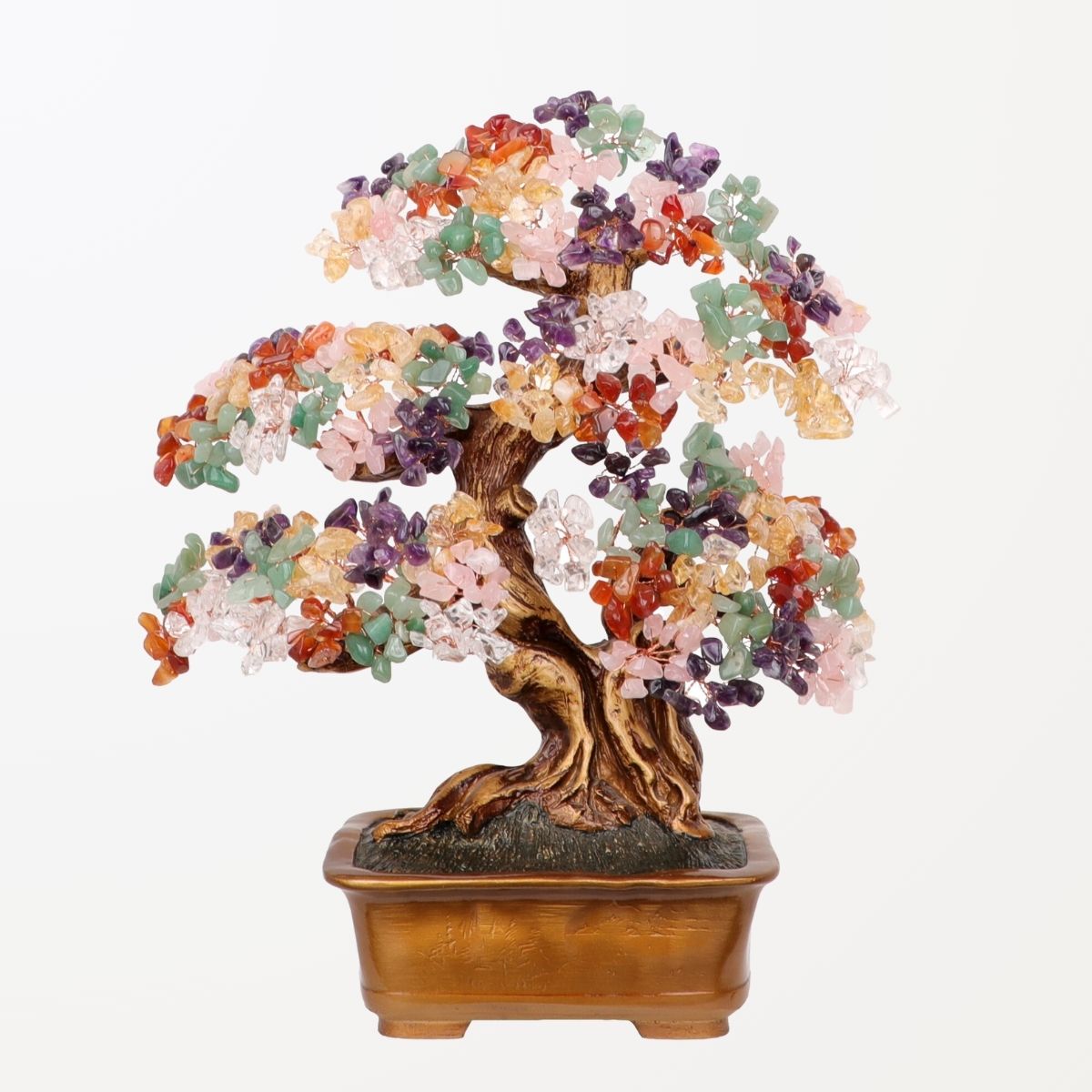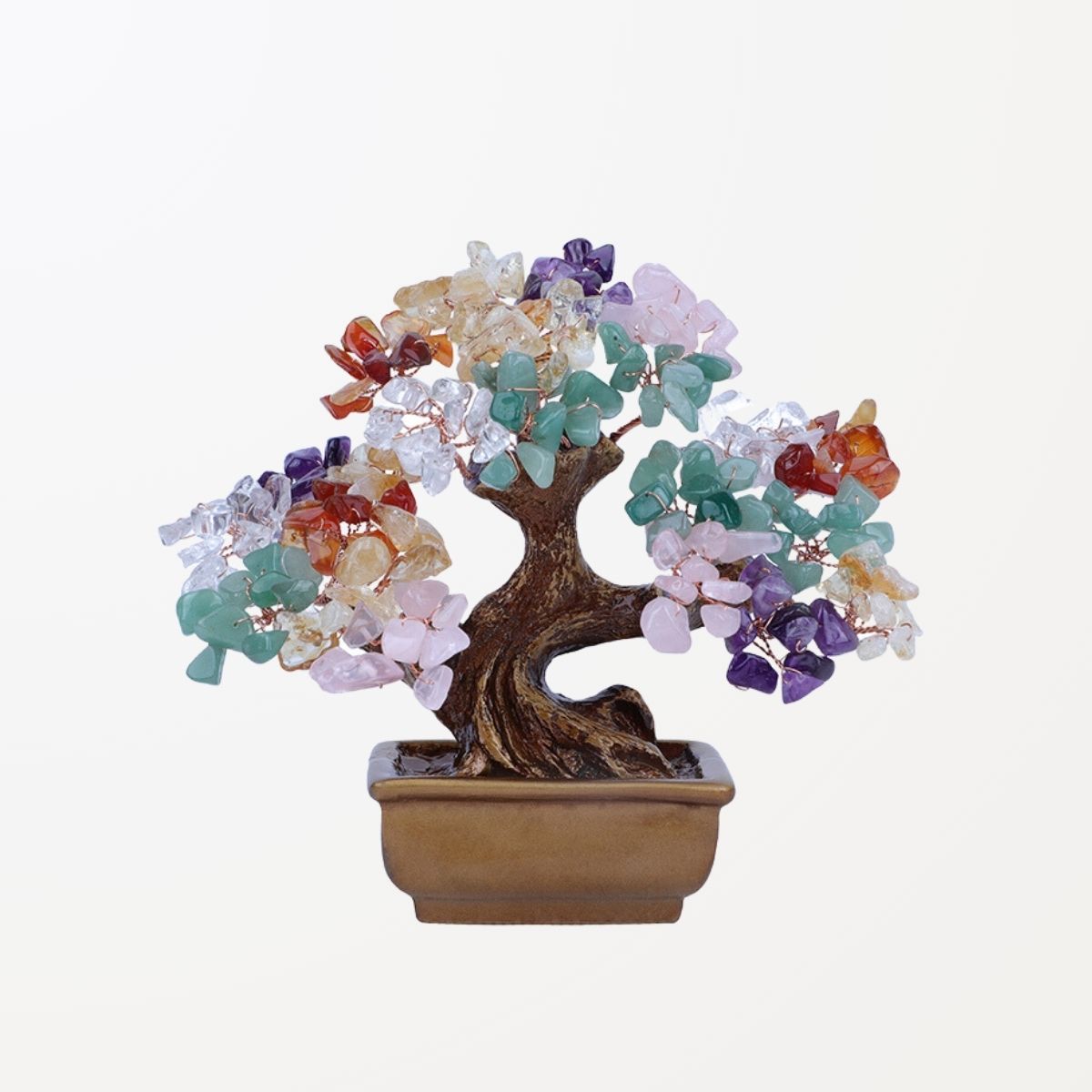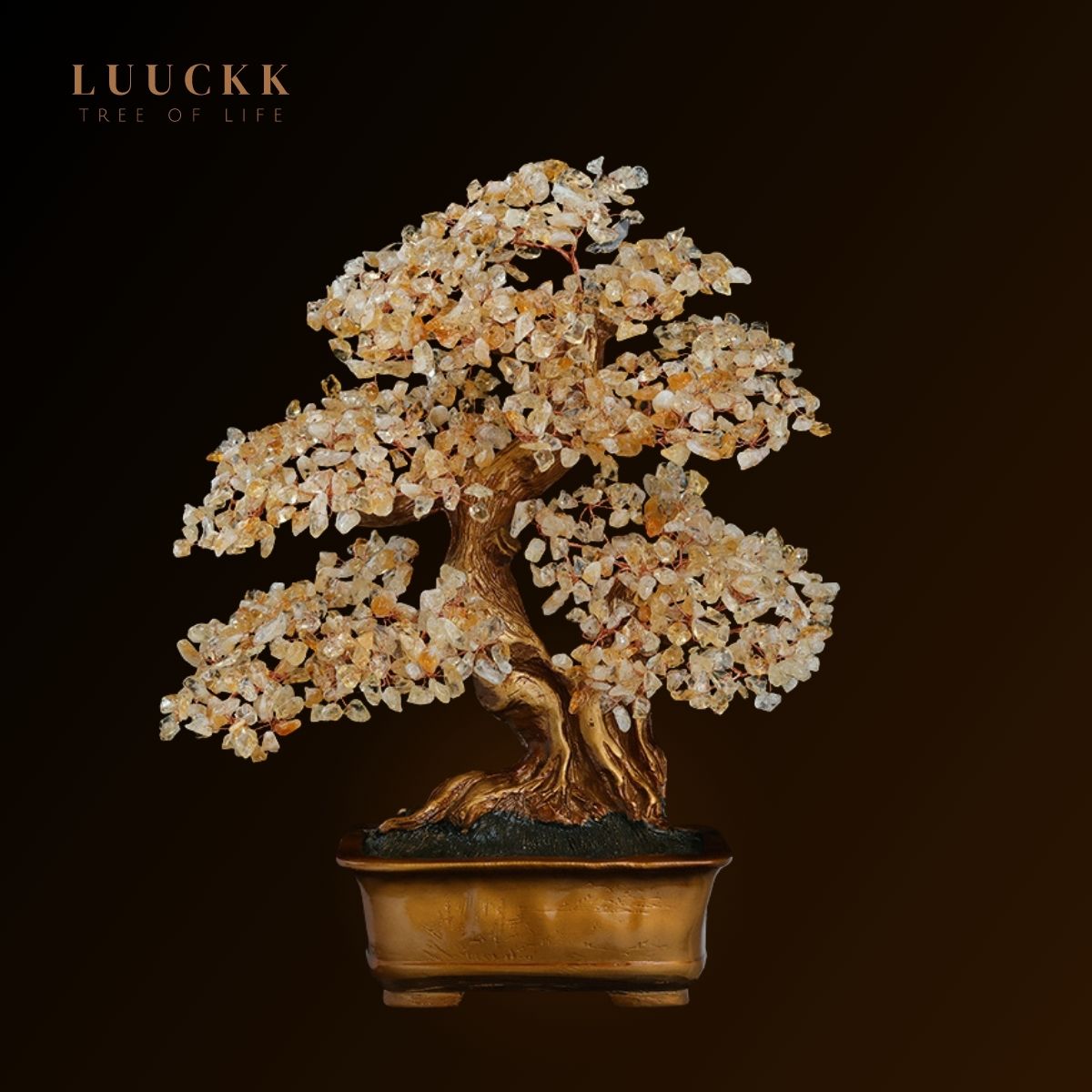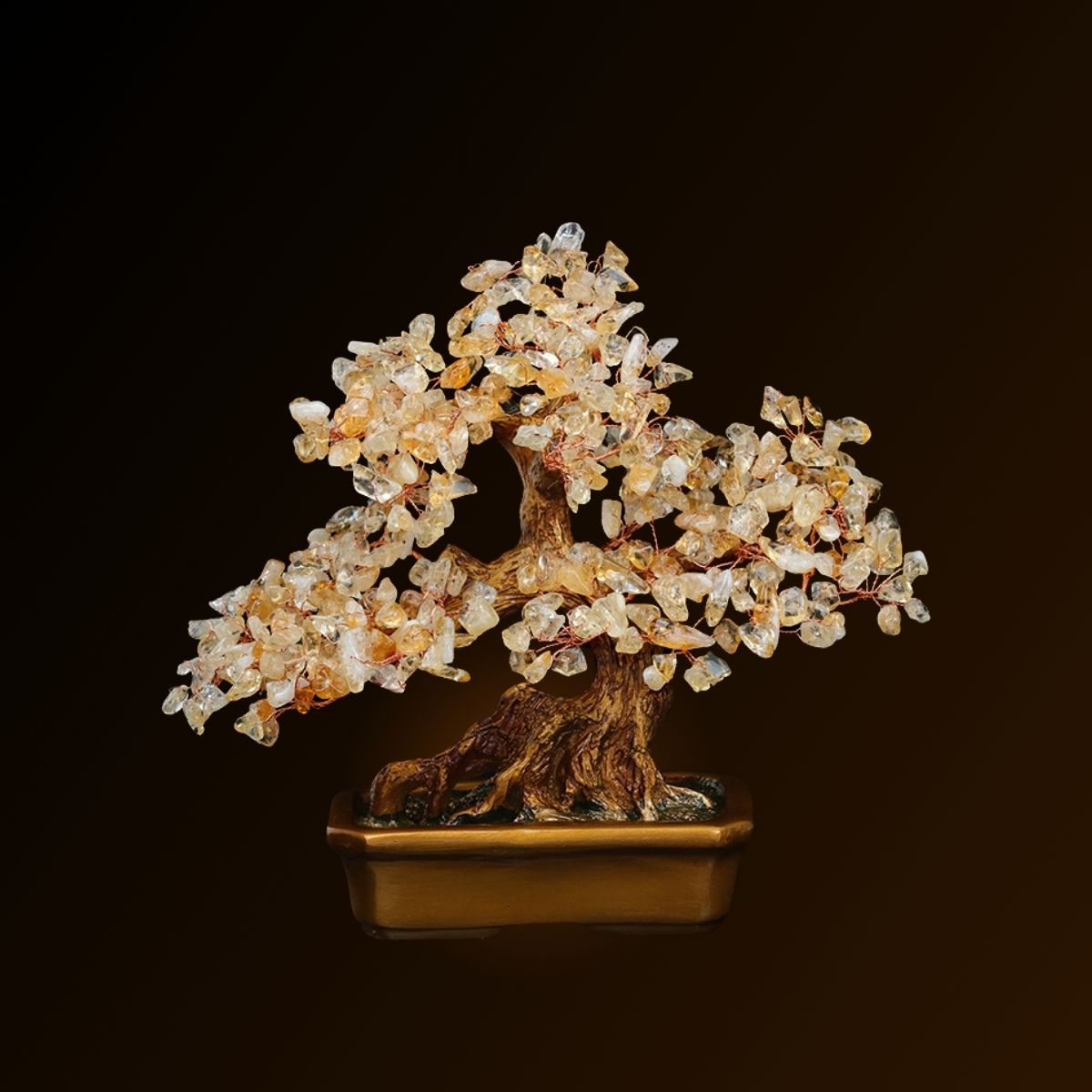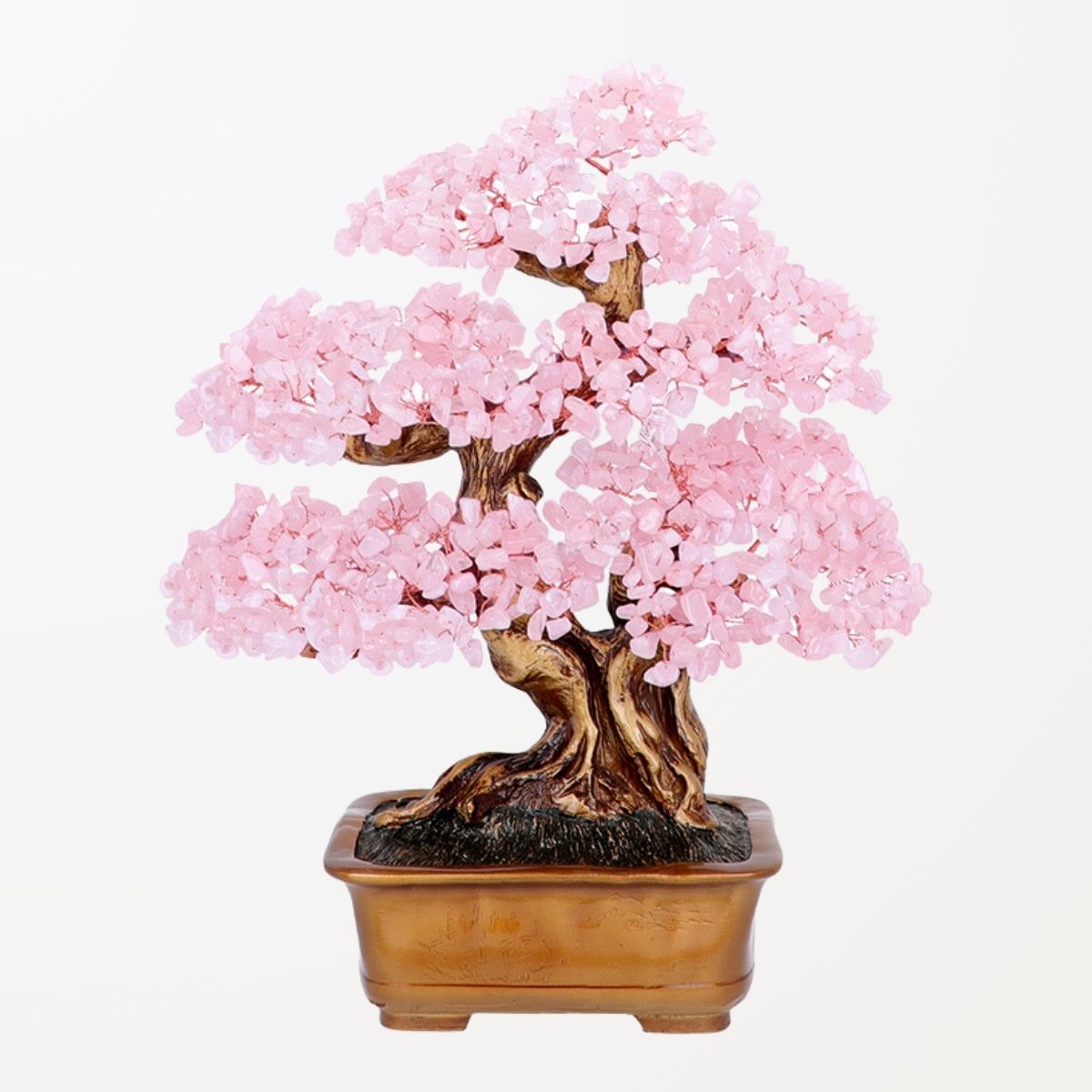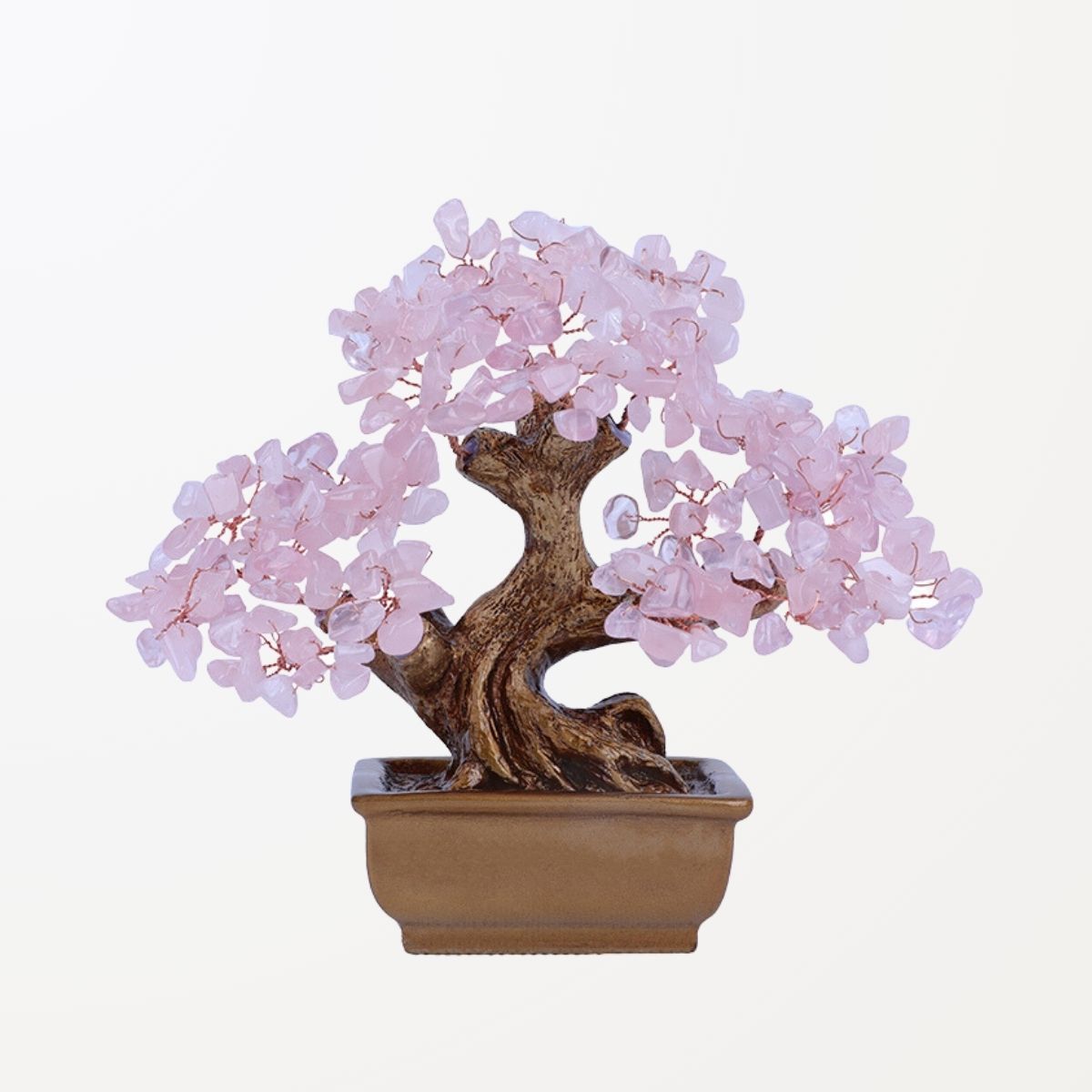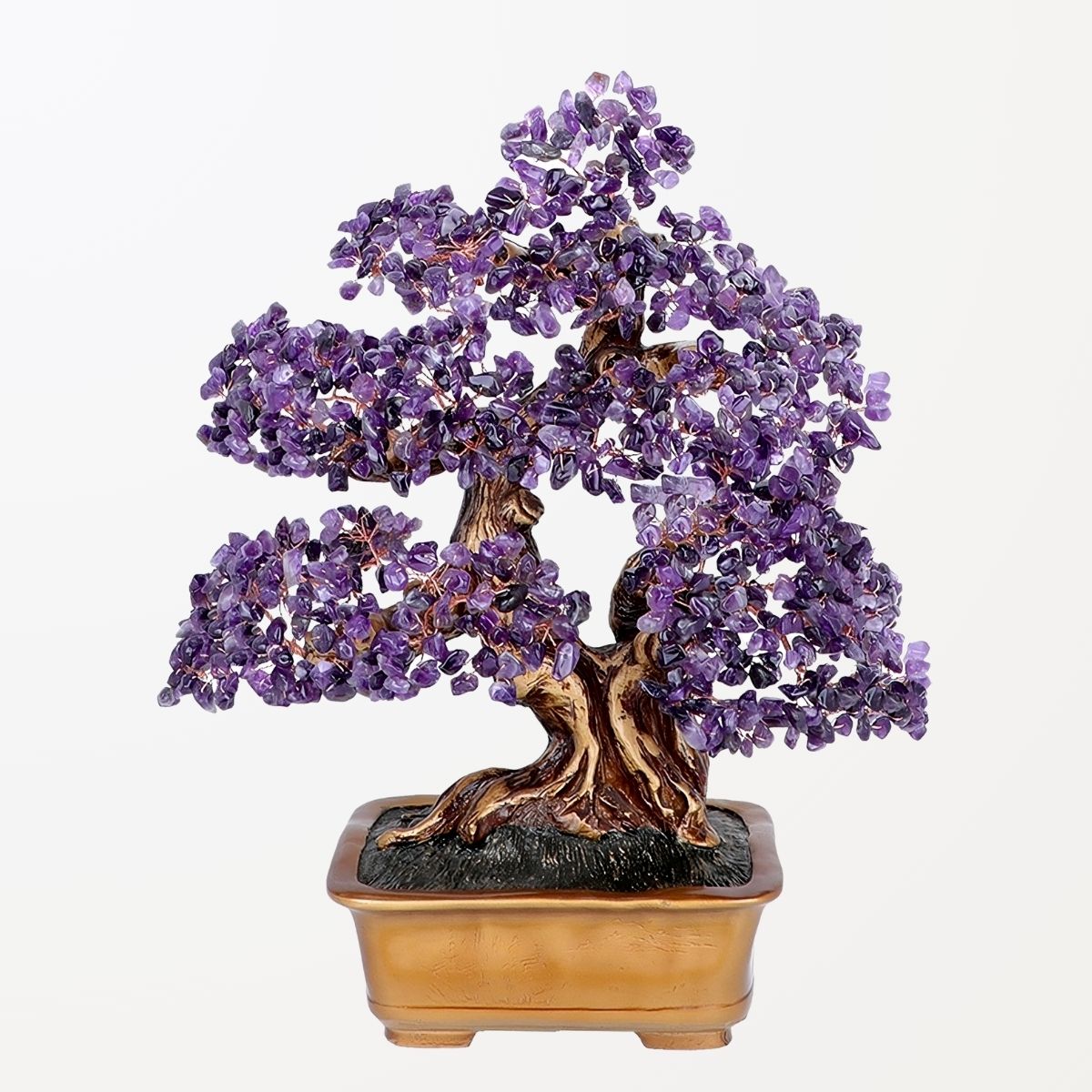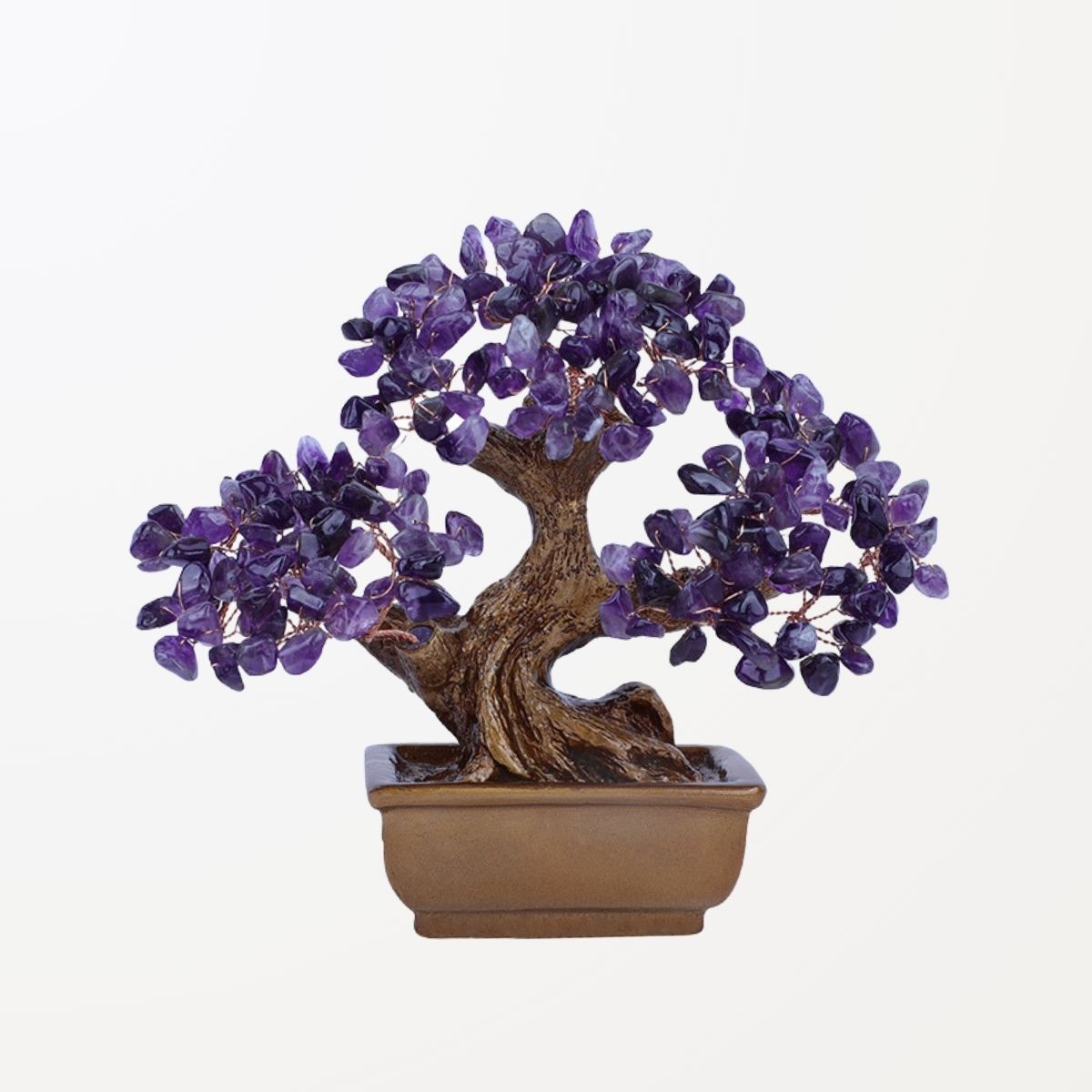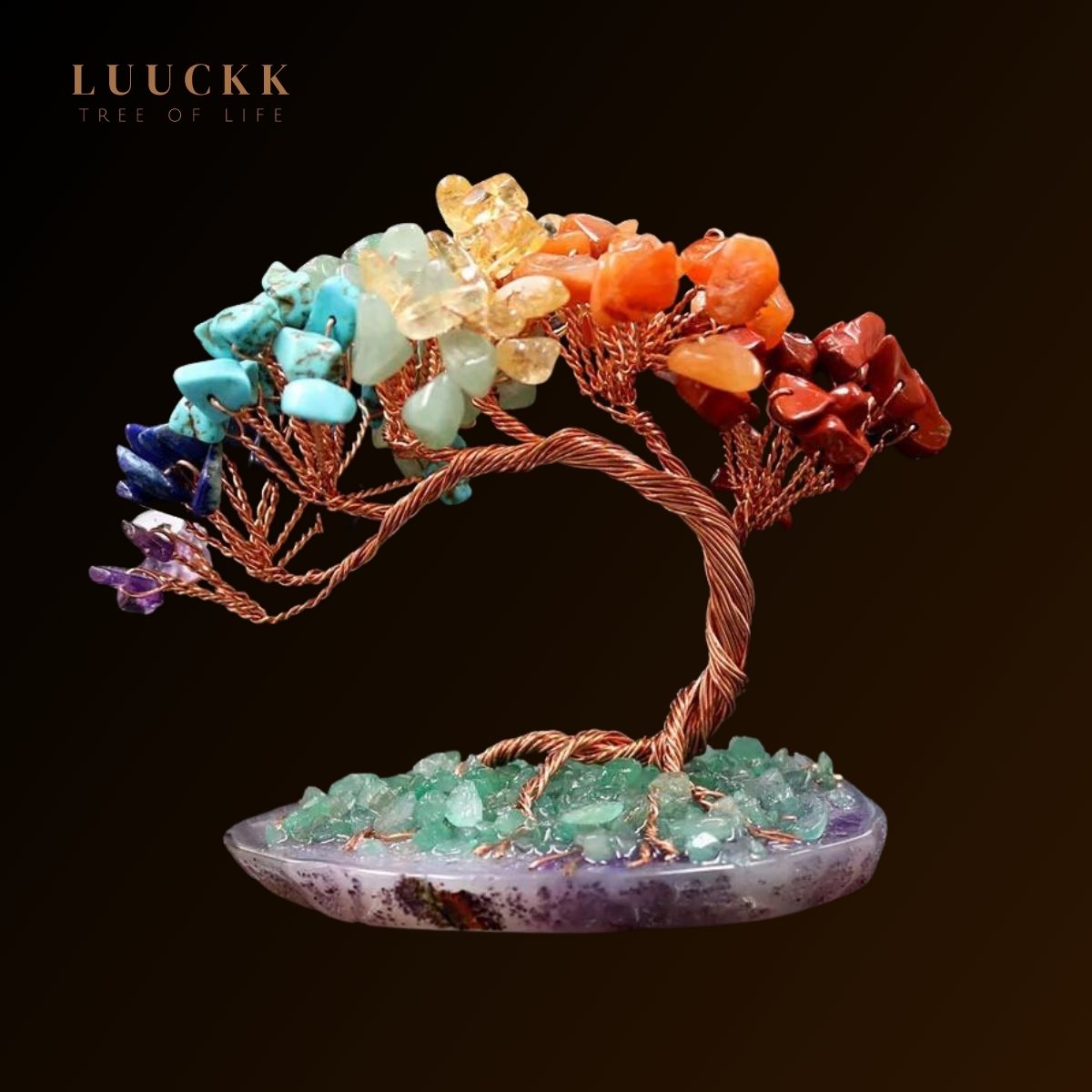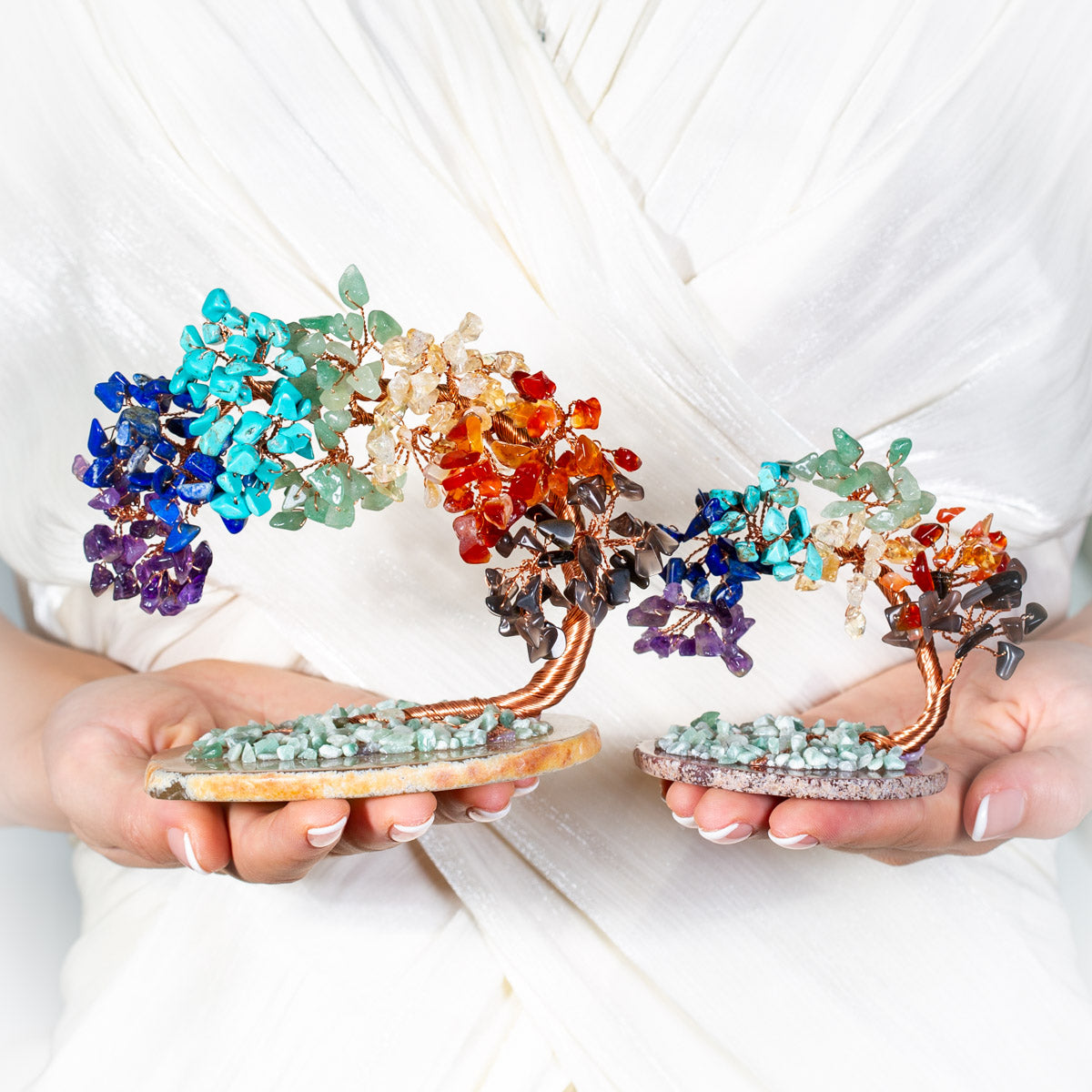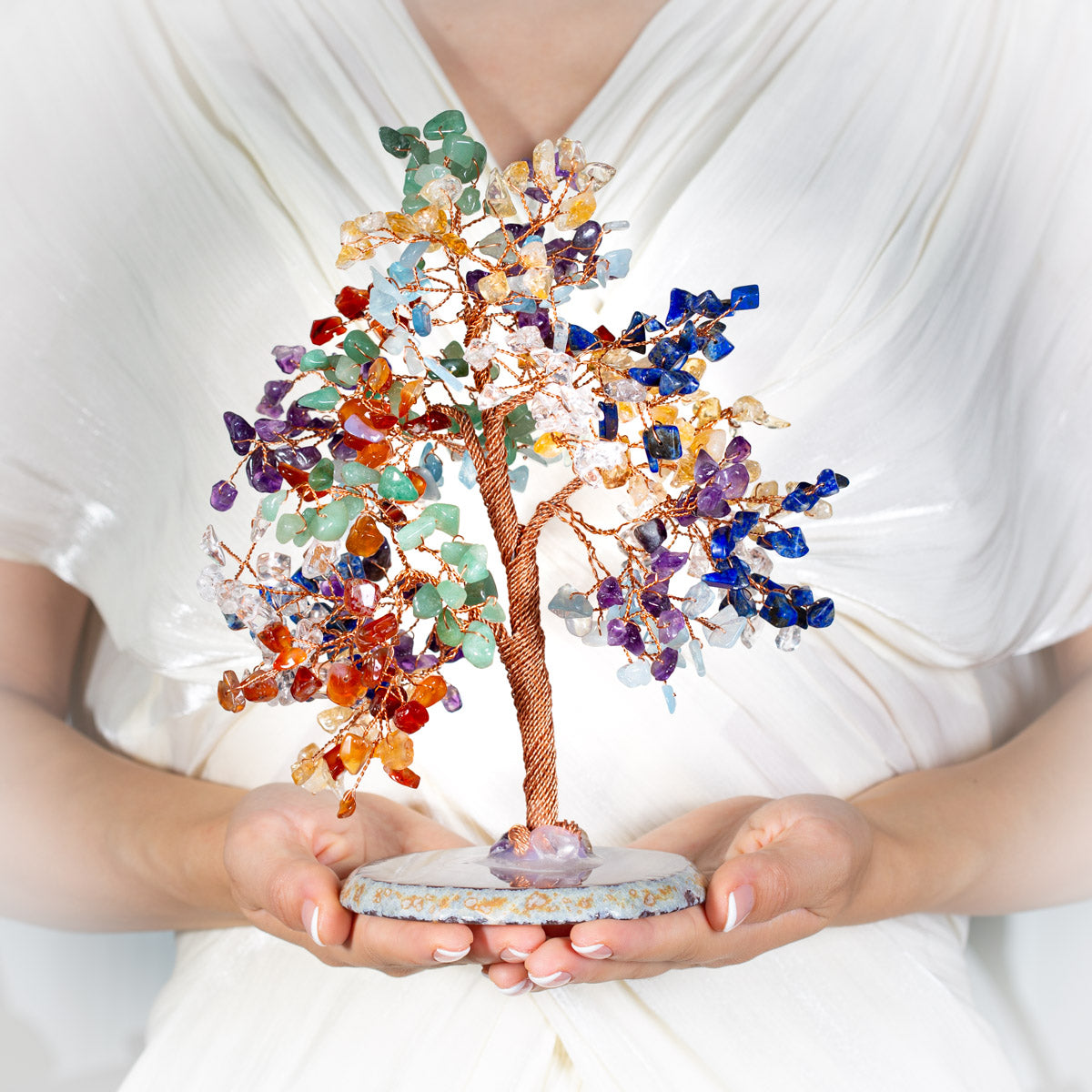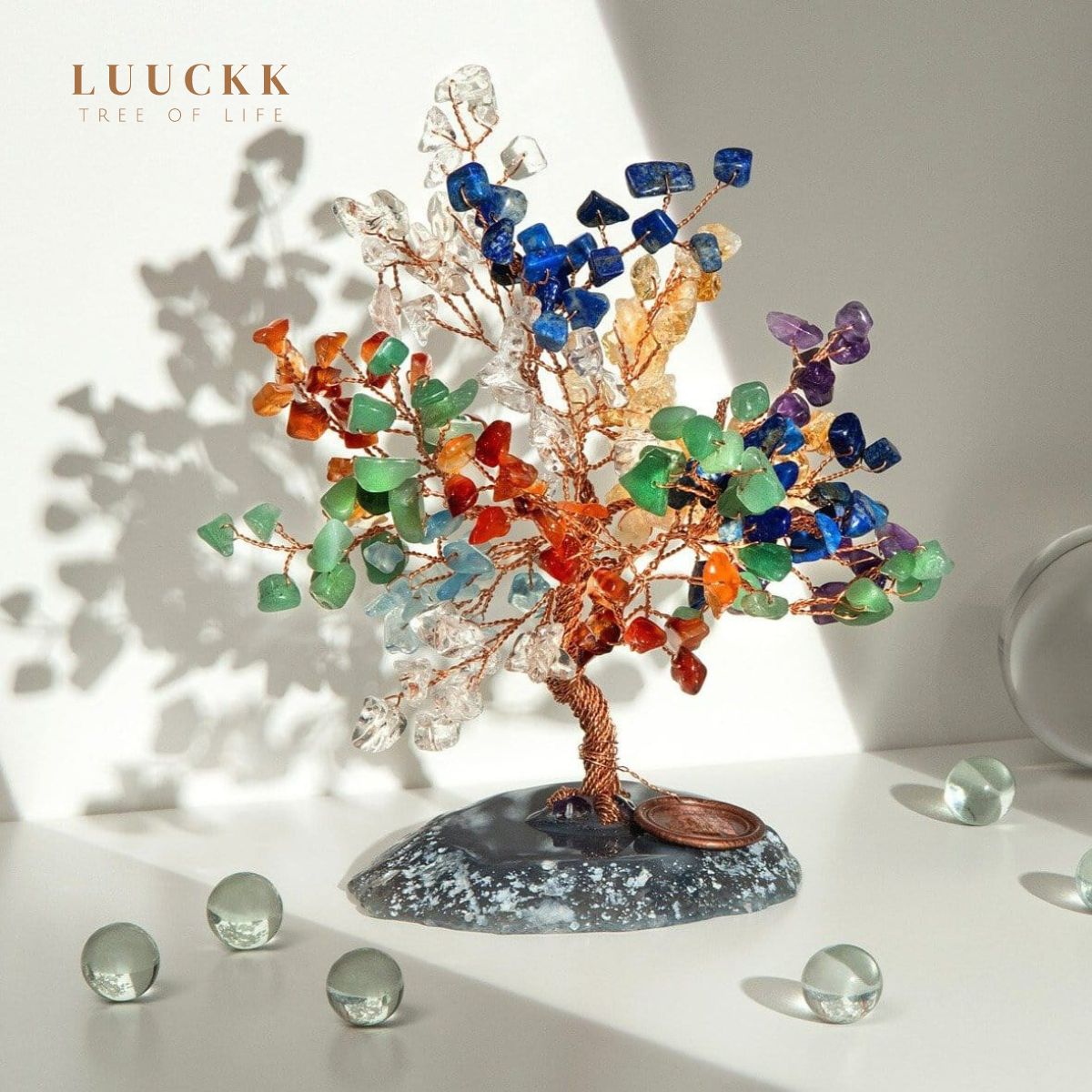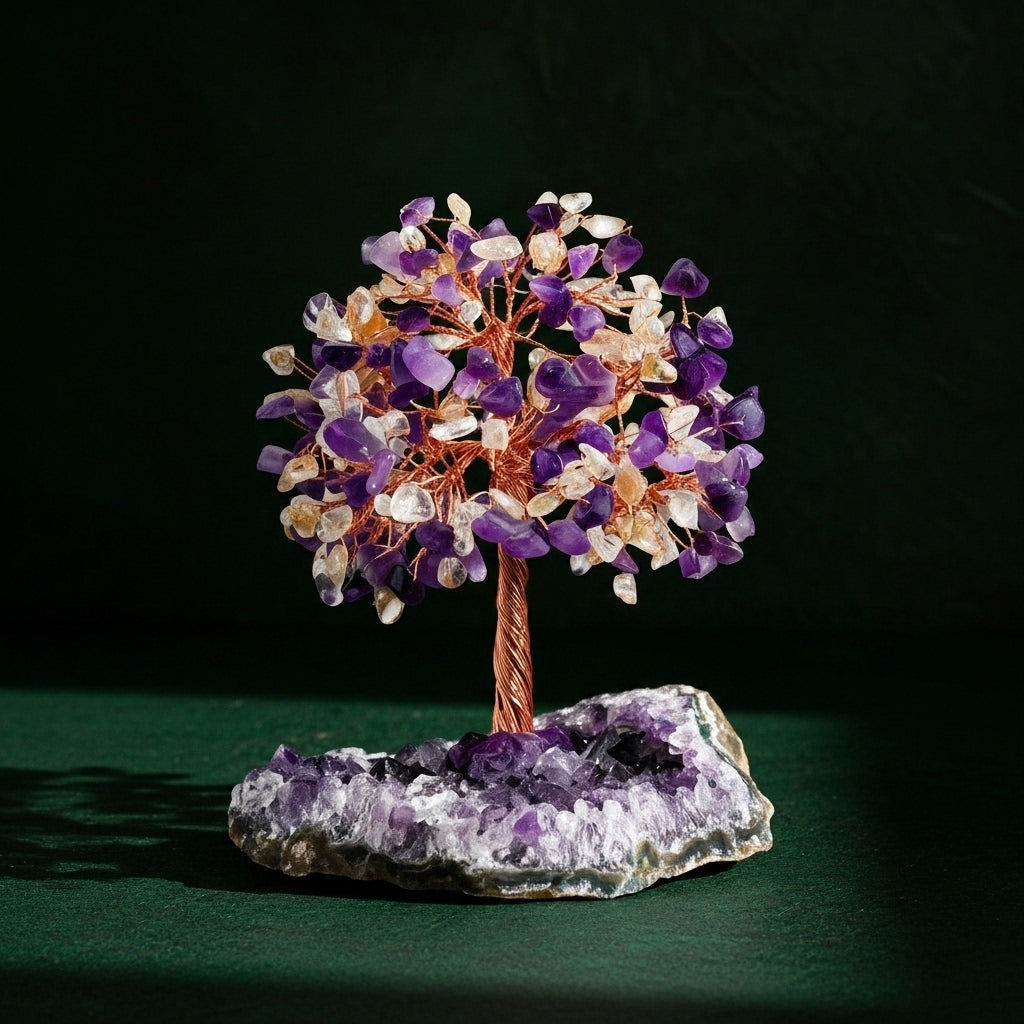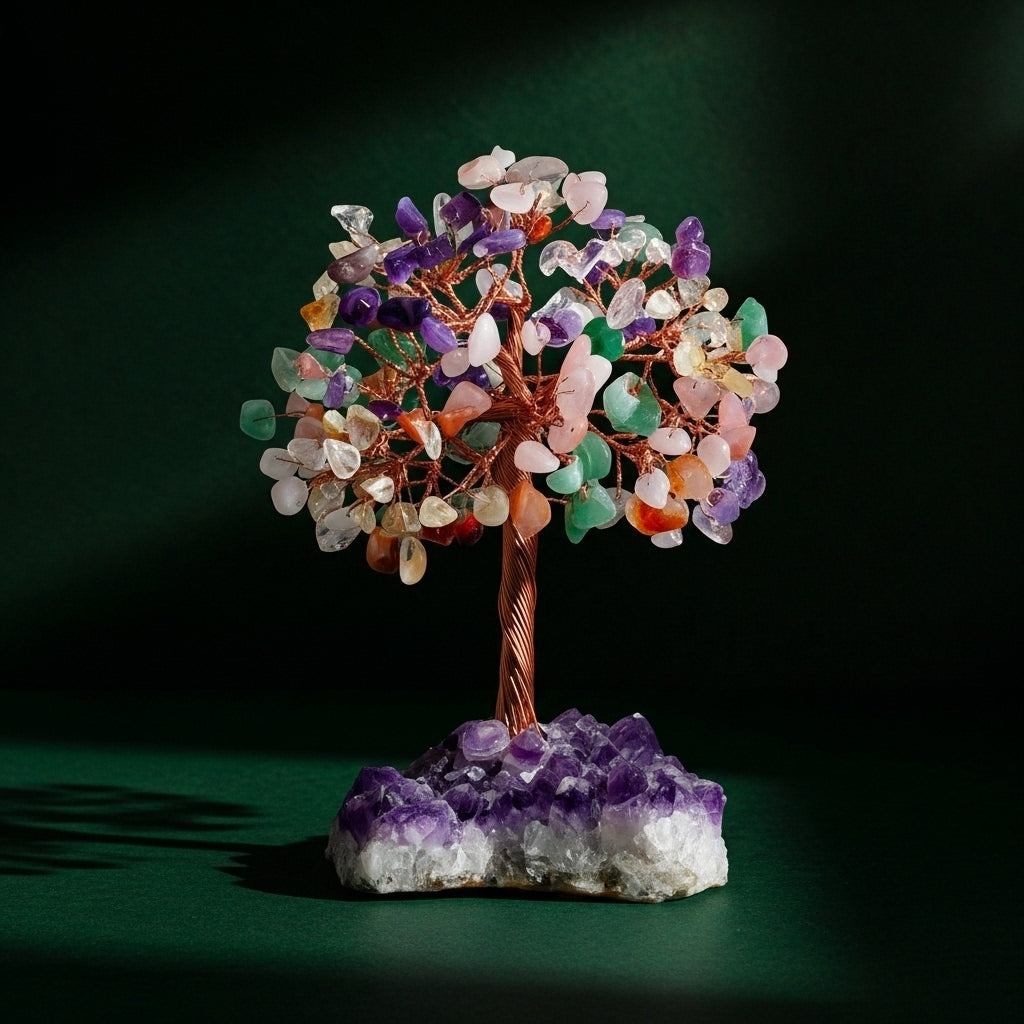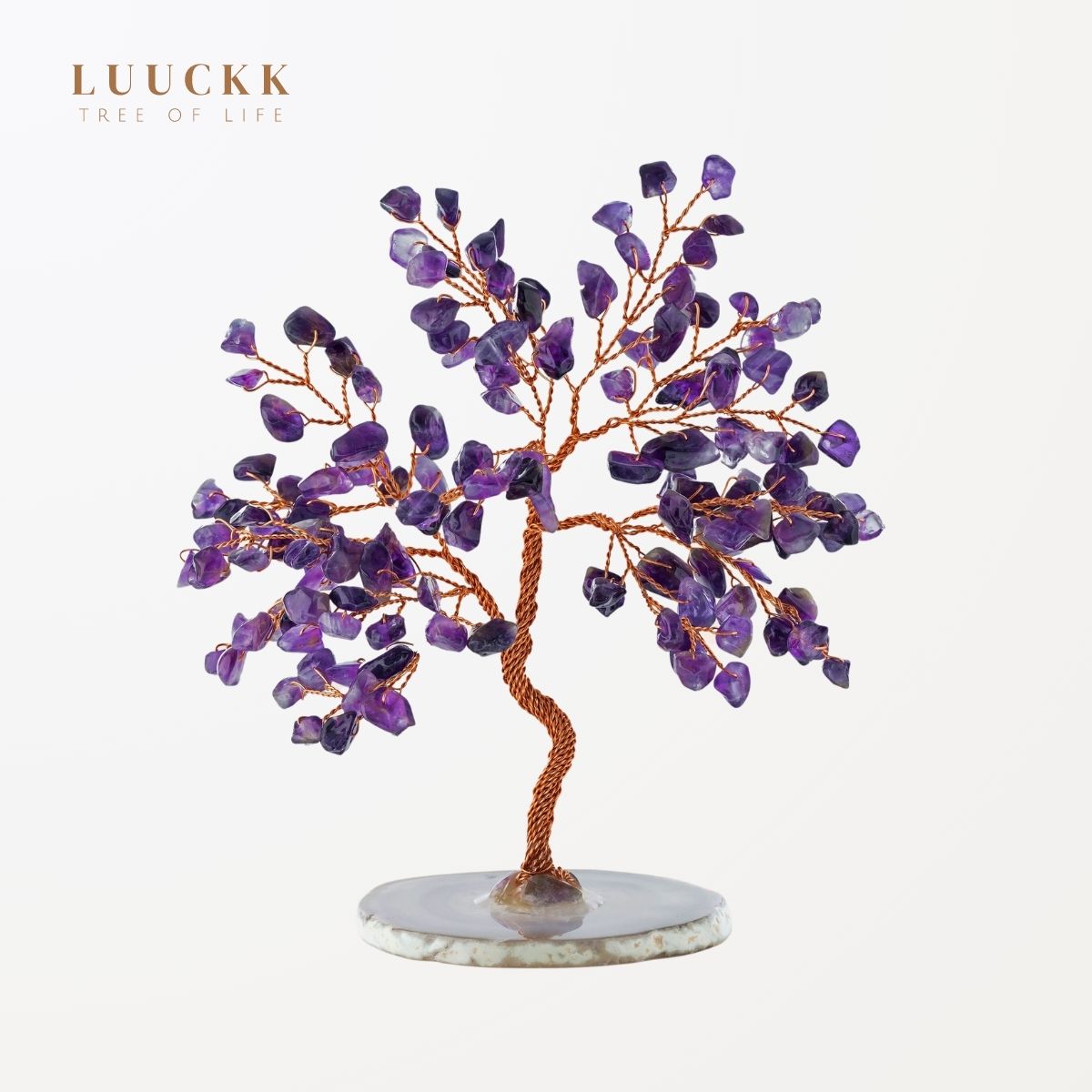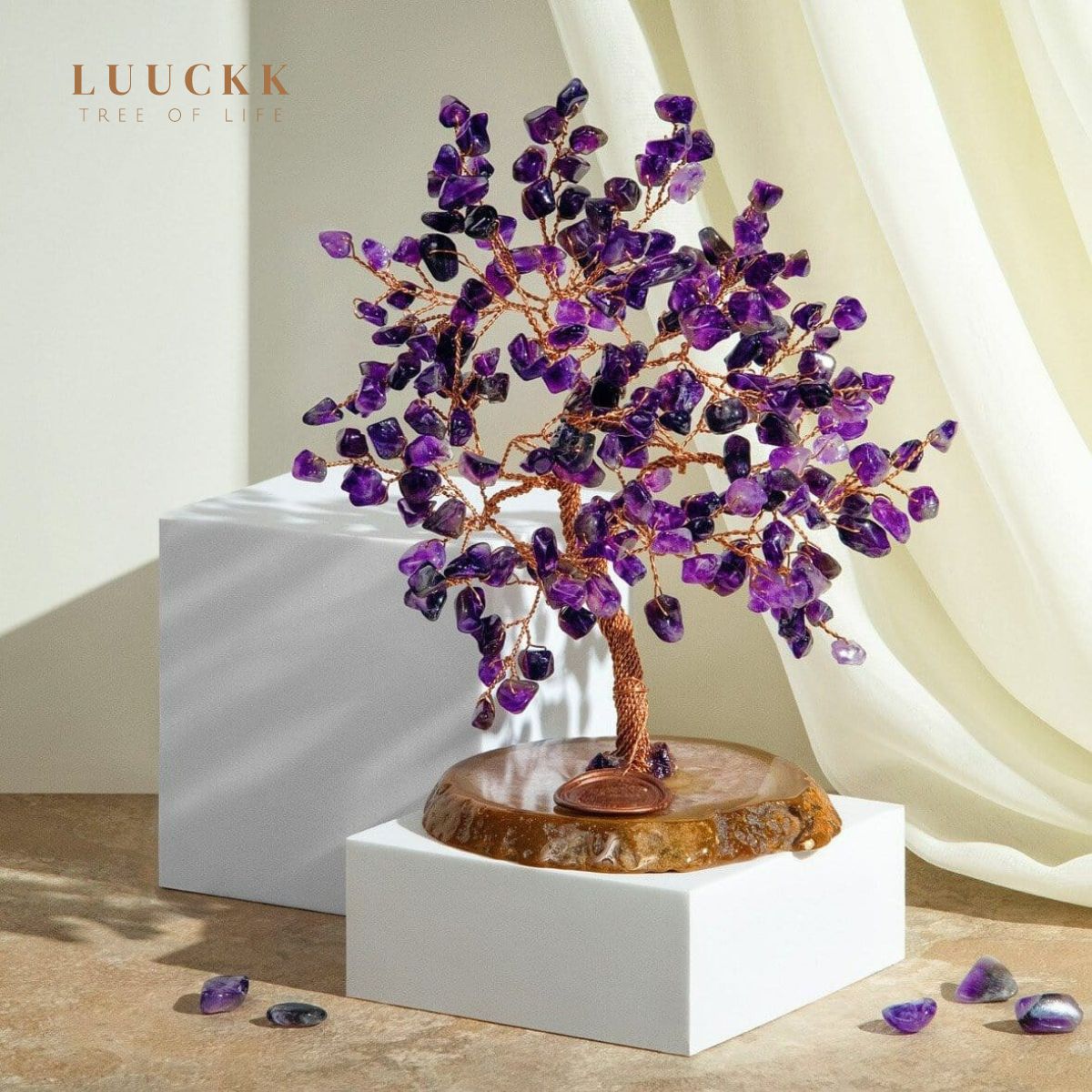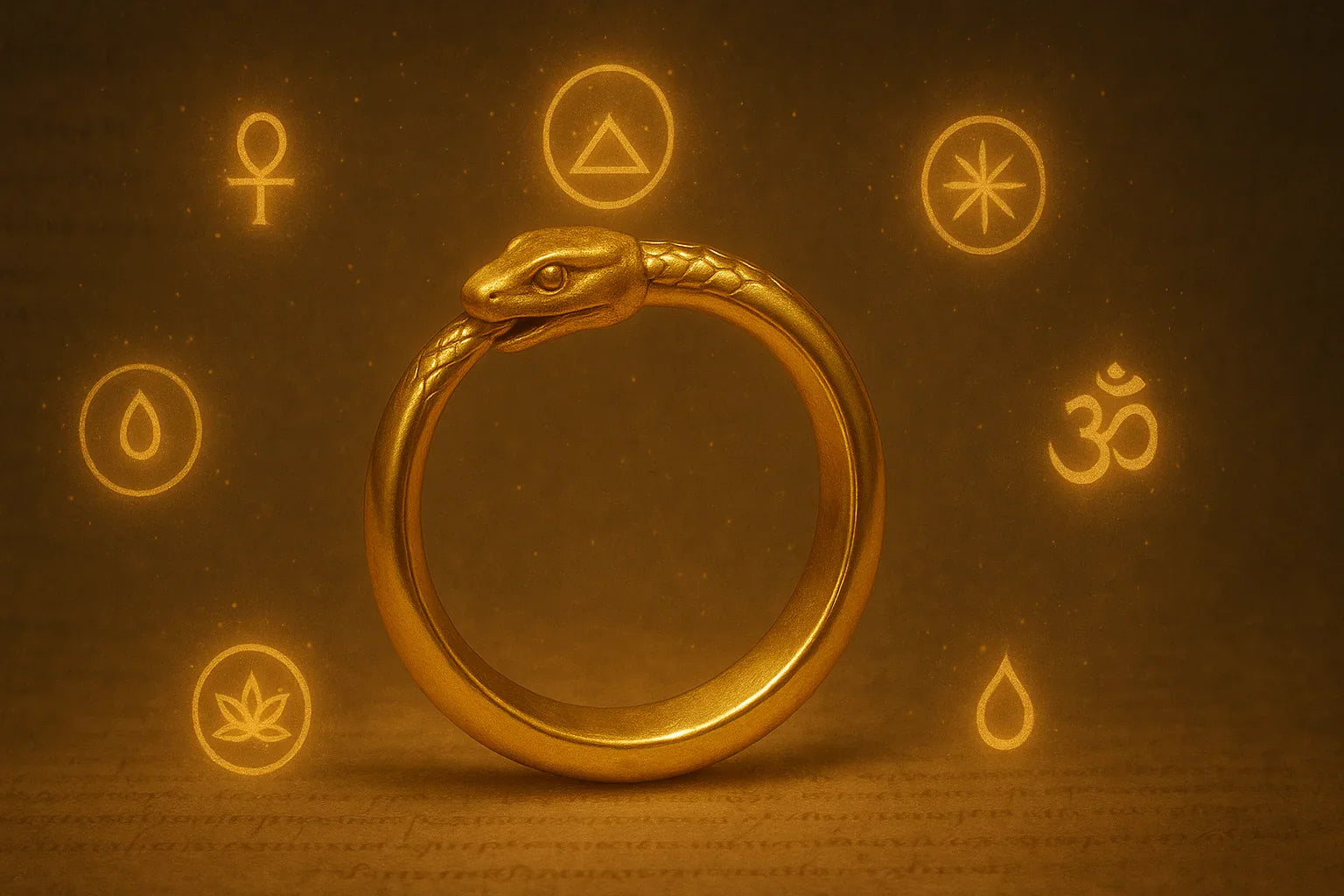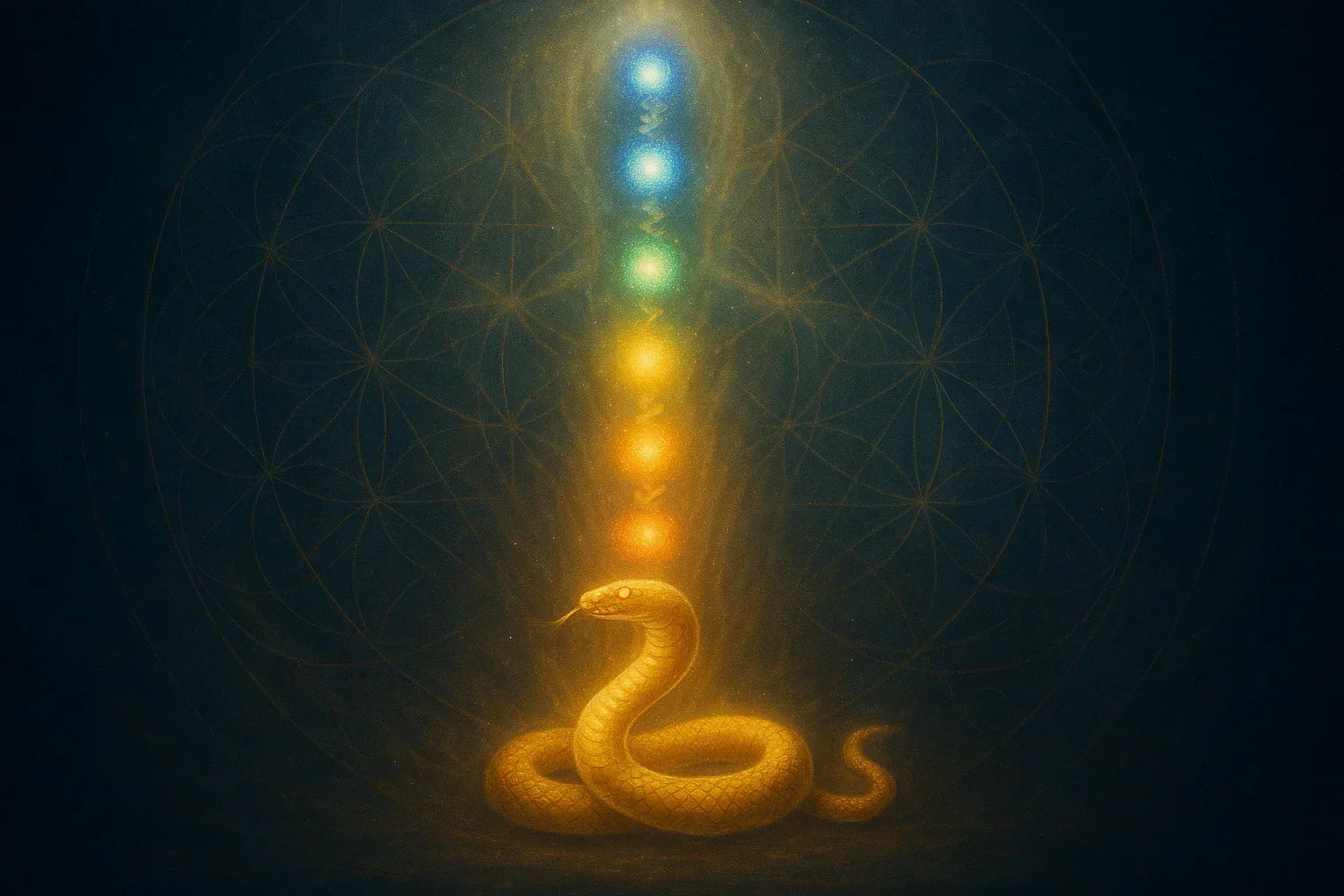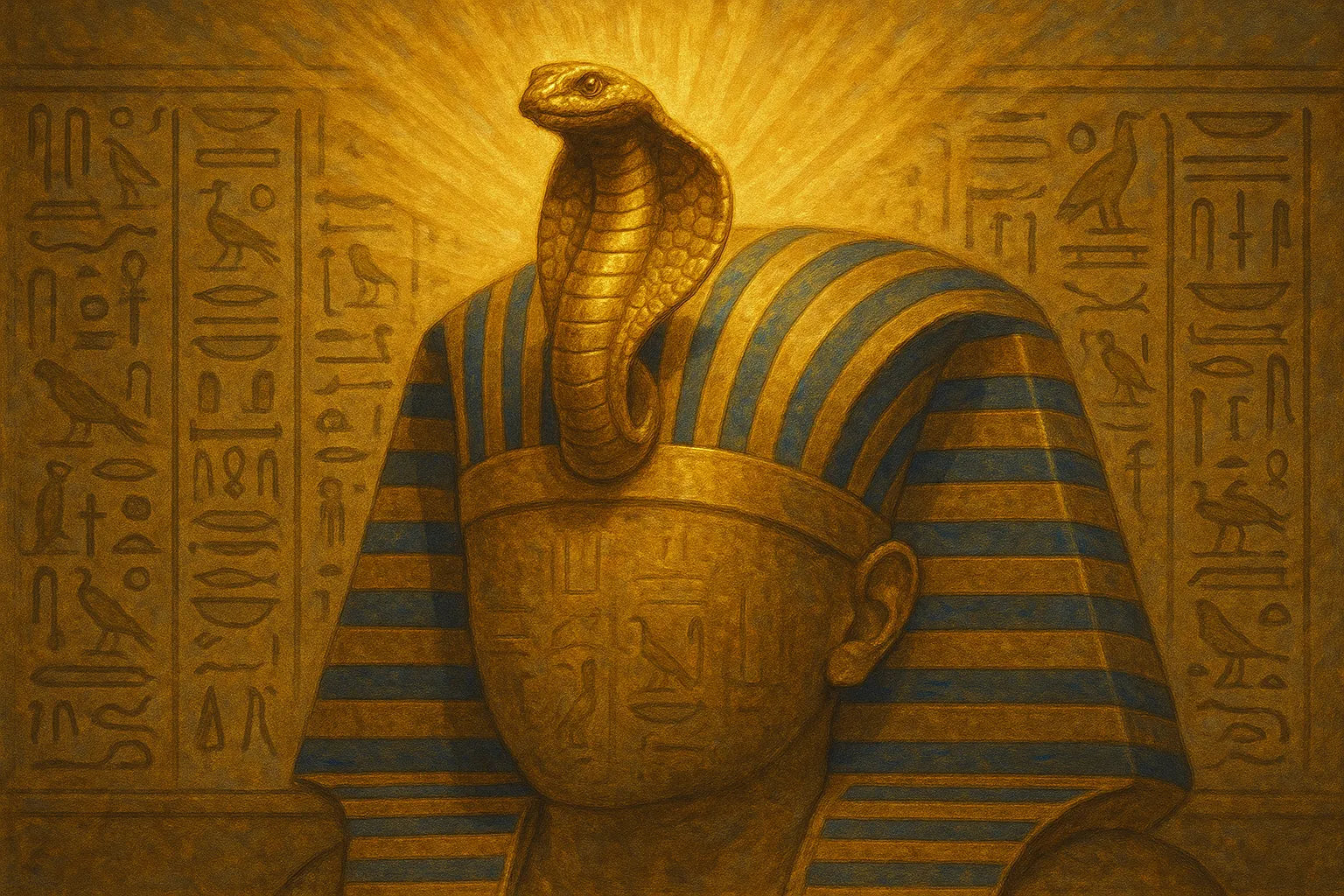
The Symbolism of the Serpent: From Eden to Indigenous Traditions
- Introduction: the serpent, a universal and mysterious symbol
- The serpent in Genesis: temptation and the duality of good and evil
- The serpent, a universal archetype in mythologies
- The serpent in indigenous traditions: guardian of earth and life
- The serpent and inner energy: Kundalini
- The serpent today: power, elegance, and protection
- Shadow and light: the serpent as a mirror of humanity
- Conclusion: the serpent, a hidden spiritual guide
Introduction: the serpent, a universal and mysterious symbol
Since the dawn of time, the serpent has fascinated humanity. It appears in religious texts, ancient mythologies, spiritual traditions, and in indigenous legends passed down through generations. Sometimes revered, sometimes feared, it embodies a profound duality: life and death, wisdom and temptation, healing and poison.
But why has this reptile, discreet and often silent in appearance, acquired such symbolic power? And above all, why is it still represented today in fashion, jewelry, and modern spiritual practices?
To understand this, let’s travel through time and cultures: from the Garden of Eden to indigenous traditions, through ancient civilizations and the spiritual energy of Kundalini. A journey where the serpent symbol reveals all its facets.
Our Serpent Jewelry
The serpent in Genesis: temptation and the duality of good and evil
The biblical story of Adam and Eve is undoubtedly the most famous representation of the serpent in the Western imagination. In the Garden of Eden, the serpent urges Eve to taste the forbidden fruit from the tree of knowledge. The result: humanity discovers good and evil but loses innocence and access to paradise.
In this foundational account, the serpent embodies temptation and disobedience, but also knowledge and awakening. For if the fault leads to the fall, it also opens the door to consciousness. This dual role explains why the serpent is often seen as an ambiguous being, bearing both danger and wisdom.
This ambivalence is not unique to the Bible. In many cultures, the serpent plays the role of mediator between the material world and the spiritual world. Even here, in the Eden narrative, it is not just a “deceiver,” but also a revealer.
To place this symbol in a broader perspective, see our article The Serpent in Myths and Religions: A Universal Archetype, which explores in detail how the serpent runs through all religious traditions.

The serpent, a universal archetype in mythologies
In Egypt: protector and solar symbol
In ancient Egypt, the serpent was not feared but venerated. The sacred cobra, called uraeus, adorned the pharaohs’ crowns. It represented the goddess Wadjet, protector of the king, who could spit fire at his enemies. Here, the serpent is seen as a guardian and protector, guarantor of cosmic and royal order.
The serpent is also associated with Ra, the sun god, who each night faced the serpent Apophis, embodiment of chaos. Each morning, the sun’s triumph symbolized the victory of life over darkness.
In Greece: healing and transformation
In ancient Greece, the serpent was linked to medicine and healing. The god Asclepius, founder of the medical art, was often depicted with a staff around which a serpent coiled. This symbol, still used in the medical field, reflects the serpent’s ability to regenerate by shedding its skin, becoming a metaphor for healing and renewal.
The serpent also appears in the myth of Ouroboros, depicted as a serpent biting its own tail. It embodies the infinite cycle of life, death, and rebirth.
In Asia: wisdom and fertility
In India and China, the serpent is a symbol of energy and wisdom. In Hinduism, the Nagas (divine serpents) are protectors and dispensers of rain and fertility. In China, the serpent is one of the twelve zodiac signs and embodies intelligence, cunning, and grace.
These traditions reveal how the serpent symbol transcends boundaries, embodying at times healing, power, or eternity.
To deepen these interpretations, the Complete Guide to the Serpent Symbol: Rebirth, Wisdom, and Protection offers a detailed exploration of the serpent’s multiple roles in history and spirituality.

The serpent in indigenous traditions: guardian of earth and life
Unlike the biblical view where it embodies temptation, the serpent is often seen as a spiritual ally among indigenous peoples.
- Among Native Americans: the feathered serpent, Quetzalcoatl, is a major figure of Mesoamerican civilizations such as the Aztecs and the Maya. It symbolizes knowledge, fertility, and the union between heaven and earth. It is both creator and civilizer.
- Among Australian Aboriginal peoples: the “Rainbow Serpent” is a creator deity who shaped rivers and mountains by undulating through the earth. Even today, it is considered a protective spirit of water and natural cycles.
- Among African peoples: the python is venerated as a sacred spirit linked to rain, fertility, and prosperity. In some tribes, killing a serpent is an absolute taboo.
These accounts show that the serpent is deeply connected to nature and life energy. It is both creator and protector, a direct link between humans and the earth.
The serpent and inner energy: Kundalini
Among all spiritual traditions, one of the most fascinating is that of Kundalini. In yoga and Hinduism, a spiritual energy is described as coiled like a serpent at the base of the spine.
When this energy awakens, it unfolds through the chakras, releasing a powerful flow of consciousness and vitality. The ascent of this inner serpent is associated with spiritual awakening, personal transformation, and union with the divine.
Kundalini shows how the serpent is a metaphor for life energy: silent yet powerful, ready to unfold and transform those who dare to awaken it.
To explore this topic in detail, read the article Kundalini Energy: The Fire Serpent and Spiritual Awakening, which explains how this energy can be activated and experienced in spiritual practice.

The serpent today: power, elegance, and protection
The serpent does not belong only to ancient myths. It continues to inspire contemporary culture, notably in art, fashion, and jewelry.
In art and fashion
The serpent has become an icon of mystery and seduction. In painting, sculpture, or even cinema, it symbolizes both danger and attraction. In fashion, it is used as a recurring motif to represent power, elegance, and transgression.
In jewelry
Serpent jewelry ranks among the most emblematic pieces. Since Antiquity, women have worn serpent bracelets as protective talismans. Today, serpent rings, necklaces, and bracelets embody a subtle blend of refinement and inner strength.
Wearing serpent jewelry means displaying confidence, sensuality, and a connection to a millennia-old symbolic tradition.
To learn more, discover Serpent Jewelry: Power, Elegance, and Protection, an article dedicated to the fascinating world of these timeless creations.
Shadow and light: the serpent as a mirror of humanity
The true strength of the serpent symbol lies in its duality. It can represent:
- death but also rebirth,
- danger but also protection,
- poison but also antidote,
- temptation but also wisdom.
In this sense, it is the perfect mirror of the human experience. Like us, it embodies contradictions. It reminds us that life is made of cycles, transitions, and transformations.
Conclusion: the serpent, a hidden spiritual guide
From the biblical story of Eden to indigenous traditions, from ancient mythologies to the energy of Kundalini, the serpent turns out to be far more than a simple reptile. It is a universal symbol, carrying profound spiritual messages.
Should it be feared or honored? Perhaps both. For the serpent is at once a guardian and an initiator, a being who invites us to transcend our fears to discover deeper wisdom.
To continue this exploration, also discover:
- Complete Guide to the Serpent Symbol: Rebirth, Wisdom, and Protection
- Kundalini Energy: The Fire Serpent and Spiritual Awakening
- Serpent Jewelry: Power, Elegance, and Protection
- The Serpent in Myths and Religions: A Universal Archetype
Why is the serpent considered a universal symbol in many cultures?
The serpent is seen as a universal symbol because it runs through human history, appearing in religious texts, mythologies, and spiritual traditions worldwide. It embodies opposing notions such as life and death, wisdom and temptation, and healing and poison.
What role does the serpent play in Genesis and why is it considered ambiguous?
In Genesis, the serpent urges Eve to taste the forbidden fruit, symbolizing both temptation and disobedience, but also access to knowledge and consciousness. This duality makes the serpent an ambivalent figure, embodying both danger and wisdom.
How is the serpent perceived in indigenous traditions?
In indigenous traditions, the serpent is often a spiritual ally, a creator, or a guardian of earth and life. For example, it symbolizes knowledge and fertility among Native Americans, landscape creation among Australian Aboriginal peoples, and prosperity among certain African peoples.
What does the serpent represent today in art, fashion, and jewelry?
Today, the serpent represents power, elegance, and protection. It inspires art, fashion, and jewelry, where it evokes mystery, seduction, and inner strength. Serpent jewelry is often worn as talismans or signs of confidence.
What is Kundalini and what is its connection with the serpent?
Kundalini is a spiritual energy described in yoga and Hinduism as a serpent coiled at the base of the spine. Its awakening symbolizes the rise of energy through the chakras, leading to personal transformation and spiritual awakening.
Suggested Products
Best products
